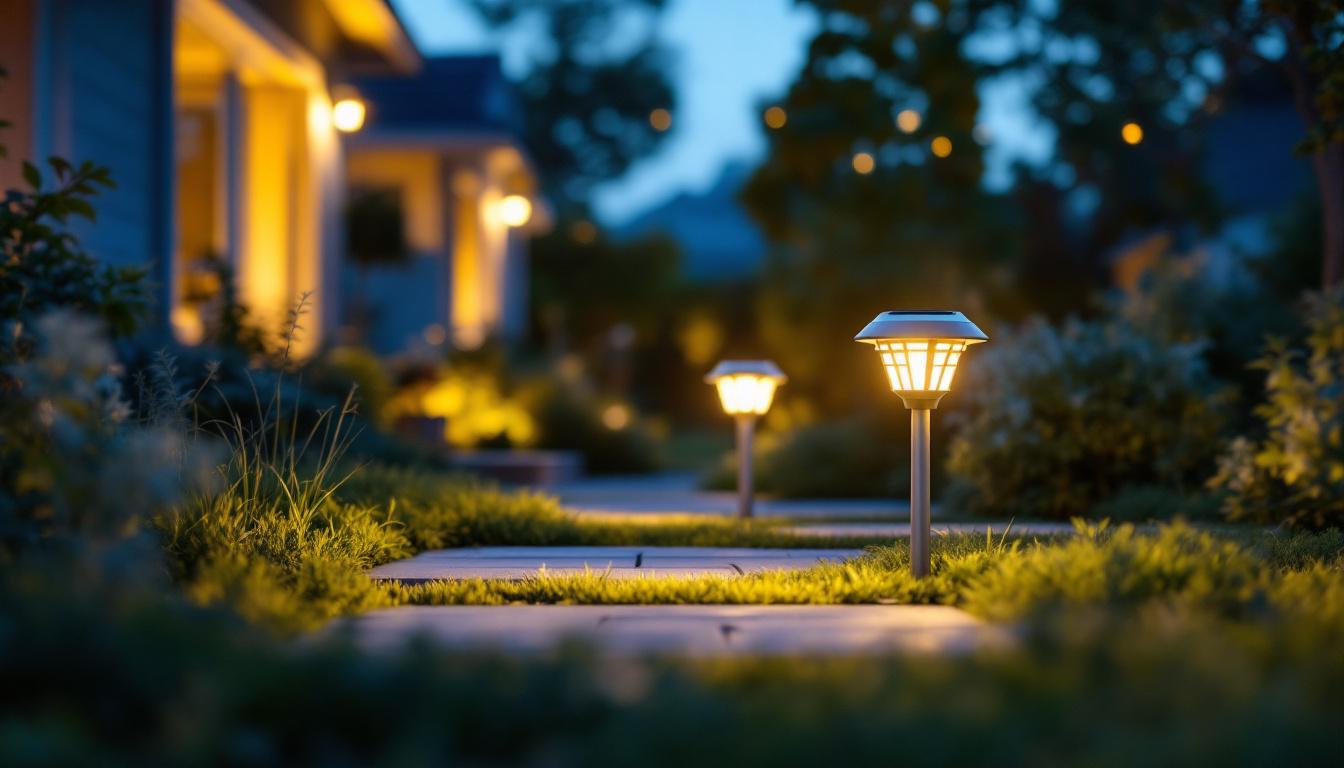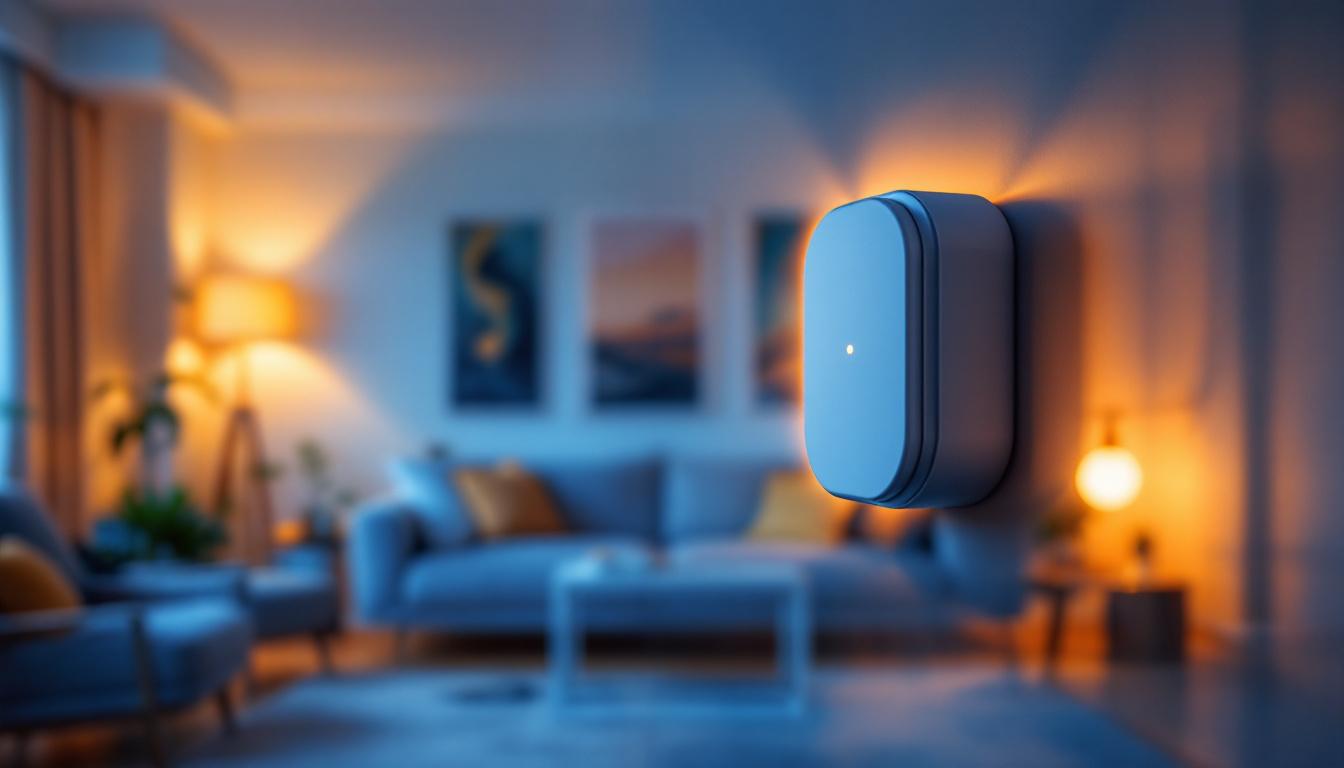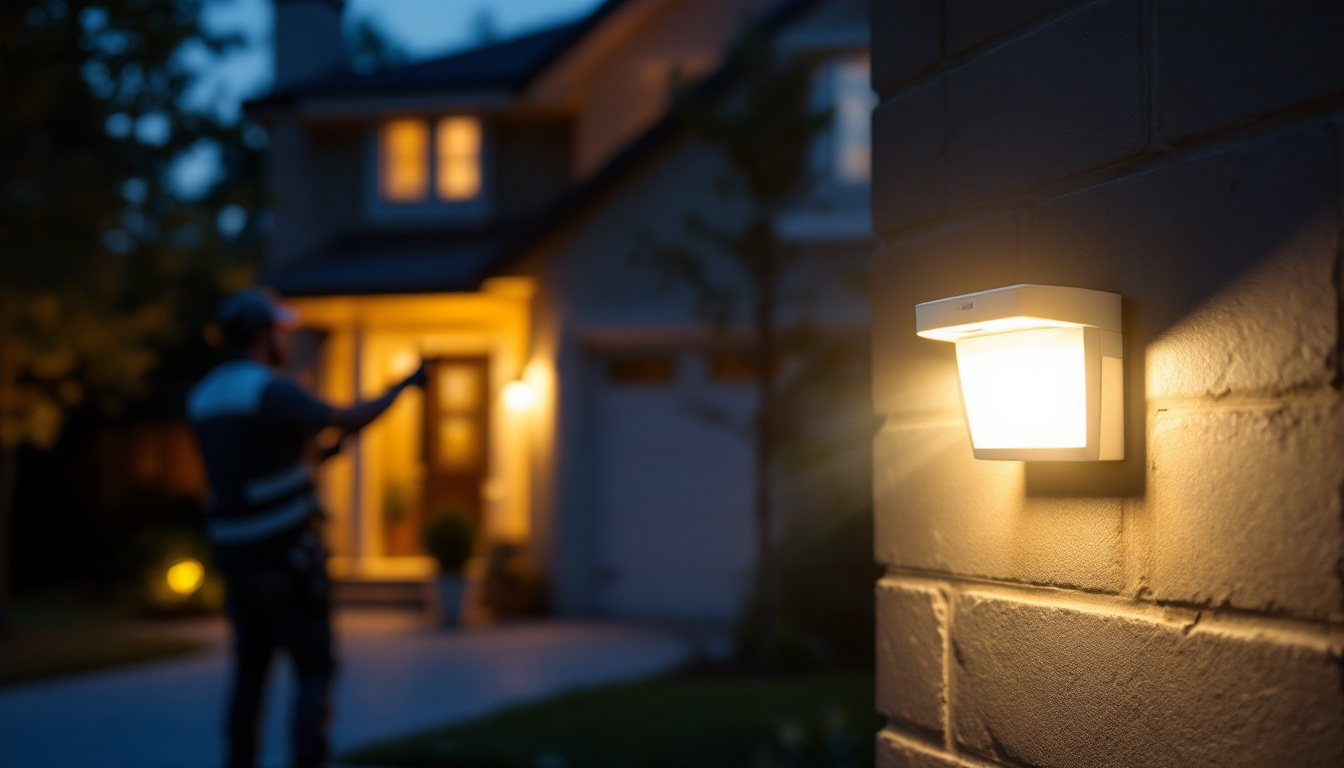
In recent years, the lighting industry has undergone a significant transformation, largely driven by the advent of LED technology. For lighting contractors, understanding the impact of LED fluorescent tube lights on their operations and profitability is essential. This article delves into how the adoption of LED technology can affect a contractor’s bottom line, exploring the benefits, challenges, and best practices associated with this shift.
LED (Light Emitting Diode) technology has revolutionized the way lighting is perceived and utilized in various settings. Unlike traditional fluorescent tubes, LED tubes offer a range of advantages that make them increasingly popular among contractors and clients alike.
One of the most compelling reasons for the shift towards LED fluorescent tube lights is their energy efficiency. LEDs consume significantly less power than their fluorescent counterparts, often reducing energy consumption by up to 50%. This lower energy usage translates into substantial cost savings for clients, which can be a strong selling point for contractors.
As energy costs continue to rise, clients are more inclined to invest in solutions that promise long-term savings. By promoting LED technology, contractors can position themselves as forward-thinking professionals who prioritize sustainability and cost-effectiveness. Furthermore, many regions offer incentives and rebates for businesses that switch to energy-efficient lighting, making the transition to LEDs even more financially appealing. This not only enhances the contractor’s value proposition but also aligns with the growing trend of corporate responsibility and environmental stewardship.
LED fluorescent tubes have a longer lifespan compared to traditional fluorescent lights. While standard fluorescent tubes may last around 10,000 hours, LED tubes can last up to 50,000 hours or more. This longevity not only reduces the frequency of replacements but also minimizes maintenance costs for clients.
For lighting contractors, this means fewer service calls and less time spent on installations and replacements. By emphasizing the durability of LED products, contractors can enhance their reputation for quality and reliability, ultimately leading to increased customer satisfaction and repeat business. Additionally, the reduced need for maintenance translates into less waste generated from discarded bulbs, contributing to a more sustainable approach to lighting. This aspect can be particularly appealing to environmentally conscious clients, who are increasingly seeking solutions that align with their values and commitments to reducing their carbon footprint. As a result, contractors can leverage this narrative to build stronger relationships with clients who prioritize eco-friendly practices.
The transition to LED technology is not just beneficial for clients; it also has significant financial implications for lighting contractors. Understanding these implications can help contractors make informed decisions about their product offerings and service strategies.
While the upfront cost of LED fluorescent tubes can be higher than traditional fluorescent options, the long-term savings often outweigh these initial expenses. Contractors must educate their clients about the return on investment (ROI) associated with LED lighting. By presenting a clear analysis of energy savings, reduced maintenance costs, and longer lifespan, contractors can justify the higher initial costs.
Additionally, many regions offer rebates and incentives for businesses that switch to energy-efficient lighting solutions. Contractors can assist clients in navigating these programs, further enhancing the financial appeal of LED installations. These incentives can significantly reduce the payback period for clients, making the switch to LED not only an environmentally responsible choice but also a financially sound one. By leveraging these opportunities, contractors can position themselves as valuable partners in their clients’ sustainability journeys.
As the demand for LED technology grows, contractors may find themselves adjusting their pricing structures. While LED products may have a higher markup, the overall project pricing can remain competitive due to the reduced energy and maintenance costs for clients. This balance is crucial for contractors to maintain profitability while still appealing to budget-conscious customers.
Moreover, offering a diverse range of LED products can help contractors cater to different market segments, from residential to commercial clients. This versatility can enhance a contractor’s marketability and lead to increased project opportunities. Furthermore, as contractors gain experience with LED installations, they can refine their processes, leading to greater efficiency and lower labor costs. This operational improvement can translate into more competitive pricing, allowing contractors to attract a broader client base while still ensuring their own financial stability. Additionally, contractors who invest in training their teams on the latest LED technologies can further differentiate themselves in a crowded market, showcasing their expertise and commitment to quality service.
Despite the numerous benefits of LED fluorescent tube lights, the transition is not without its challenges. Lighting contractors must navigate several hurdles to successfully integrate this technology into their offerings.
One of the primary challenges contractors face is client resistance to change. Many clients may be hesitant to invest in new technology, particularly if they are accustomed to traditional lighting solutions. Contractors must take the initiative to educate clients about the advantages of LED lighting, addressing common misconceptions and concerns.
Effective communication is key. Contractors should provide clear, concise information about the benefits of LED technology, including energy savings, longevity, and environmental impact. Utilizing case studies and testimonials from satisfied clients can also help build trust and encourage adoption. Furthermore, hosting informational workshops or webinars can create an interactive platform where clients can ask questions and gain a deeper understanding of how LED lighting can enhance their spaces. By fostering an environment of open dialogue, contractors can alleviate fears and highlight the long-term financial and ecological benefits of making the switch.
As the demand for LED products increases, contractors may encounter supply chain challenges. Ensuring a steady supply of quality LED fluorescent tubes is essential for meeting project deadlines and maintaining customer satisfaction. Contractors should establish relationships with reliable suppliers and stay informed about market trends to mitigate potential disruptions.
Additionally, contractors should consider diversifying their product offerings to include various brands and styles of LED tubes. This flexibility can help contractors meet diverse client needs while also safeguarding against supply shortages. Moreover, staying abreast of technological advancements in LED lighting can provide contractors with a competitive edge. By being knowledgeable about the latest innovations, such as smart LED systems that integrate with home automation, contractors can offer clients cutting-edge solutions that enhance energy efficiency and convenience. This proactive approach not only addresses supply chain concerns but also positions contractors as trusted experts in the evolving landscape of lighting technology.
To maximize the benefits of LED fluorescent tube lights and enhance their bottom line, lighting contractors can adopt several best practices. These strategies can help streamline operations, improve customer satisfaction, and ultimately drive profitability.
The lighting industry is constantly evolving, with new technologies and regulations emerging regularly. Contractors should stay informed about the latest trends in LED technology, energy efficiency standards, and government incentives. This knowledge will empower contractors to offer informed recommendations to clients and position themselves as industry leaders.
Participating in industry conferences, webinars, and training sessions can provide valuable insights and networking opportunities. Additionally, subscribing to industry publications can help contractors stay updated on the latest news and innovations.
Contractors should strive to provide comprehensive lighting solutions that address the unique needs of each client. This may involve conducting thorough assessments of existing lighting systems and recommending tailored upgrades to LED technology.
By taking a consultative approach, contractors can build strong relationships with clients and foster trust. This personalized service can lead to repeat business and referrals, further enhancing a contractor’s reputation and profitability.
The future of LED fluorescent tube lights in the contracting industry looks promising. As technology continues to advance, the potential for improved efficiency, performance, and affordability will likely drive further adoption of LED lighting solutions.
Innovations in LED technology, such as smart lighting systems and tunable white light, are emerging trends that contractors should be aware of. These advancements not only enhance the functionality of lighting systems but also provide additional opportunities for energy savings and customization.
Contractors who embrace these emerging technologies will be better positioned to meet the evolving needs of their clients and stay ahead of the competition. Investing in training and education on these new technologies will be crucial for contractors looking to maintain their relevance in the industry.
As sustainability becomes a more pressing concern for businesses and consumers alike, the demand for energy-efficient lighting solutions will continue to grow. Contractors who prioritize eco-friendly practices and promote the environmental benefits of LED lighting will likely attract a broader client base.
By emphasizing the reduced carbon footprint associated with LED technology, contractors can align their services with the values of environmentally conscious clients. This alignment can lead to increased project opportunities and a stronger market position.
The transition to LED fluorescent tube lights presents both opportunities and challenges for lighting contractors. By understanding the financial implications, addressing client concerns, and adopting best practices, contractors can effectively navigate this shift and enhance their bottom line.
As the industry continues to evolve, staying informed about emerging technologies and sustainability trends will be essential for contractors looking to thrive in a competitive market. By embracing LED technology, lighting contractors can position themselves as leaders in energy efficiency and innovation, ultimately driving their success in the years to come.
Ready to enhance your lighting projects while boosting your bottom line? Look no further than LumenWholesale for a seamless transition to LED fluorescent tube lights. We provide contractors with top-quality, spec-grade lighting products at unbeatable wholesale prices, ensuring you can offer your clients the best in energy efficiency and innovation. With our extensive selection, free shipping on bulk orders, and no middleman markups, you’re guaranteed to find the perfect lighting solutions for any project. Make the smart choice for your business and explore our wholesale lighting options at the best value today.

Discover essential tips and insights for lighting contractors on effectively utilizing UV light sanitizers in room settings.

Discover how outdoor solar lights are transforming the landscape for lighting contractors, offering sustainable solutions that enhance aesthetics and efficiency.

Discover how incandescent light bulb dimmers can transform your lighting experience.

Discover how dusk to dawn security lights can enhance your business offerings and boost profits.